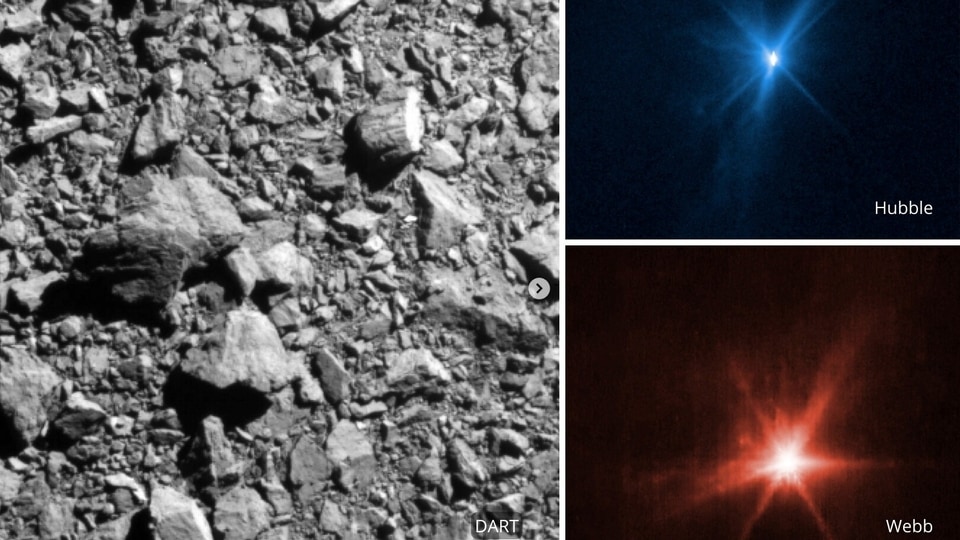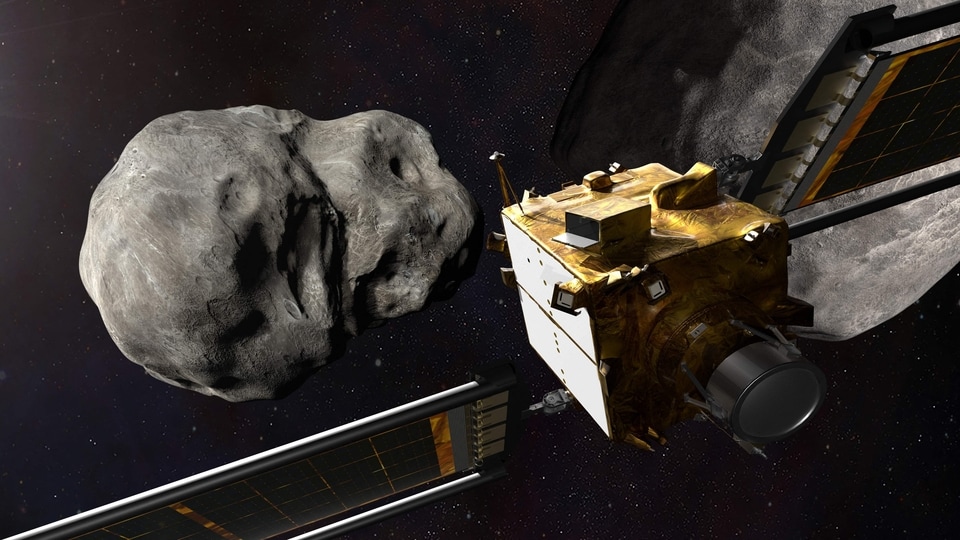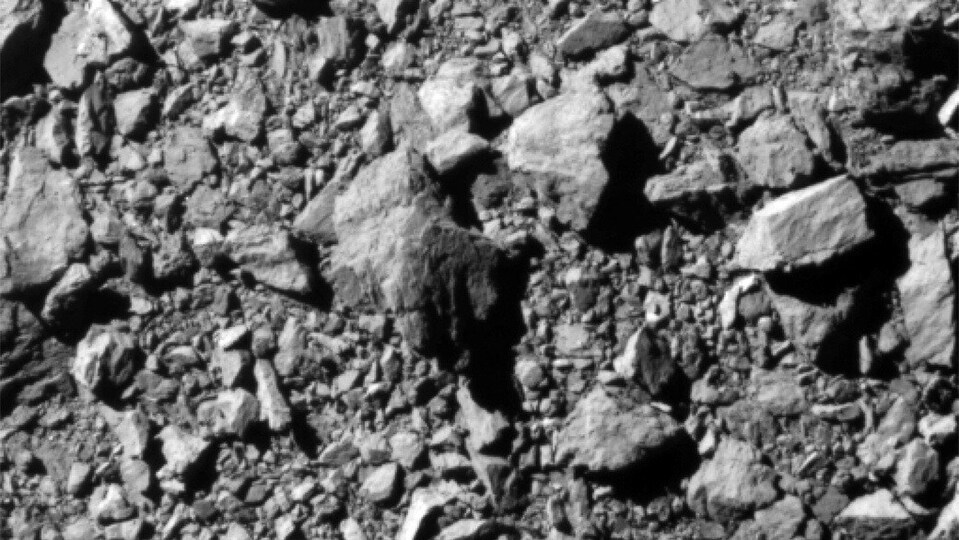Exploration of Jupiter's moon Europa for extraterrestrial life now possible
Jupiter's moon Europa is one of the most promising locations for searching for extraterrestrial life.





_1664474838769.jpeg)

 View all Images
View all ImagesEuropa is more than just one of Jupiter's many moons; it's also one of the solar system's most promising locations for searching for extraterrestrial life. There is a liquid water ocean under 10 kilometres of ice that could support life. It is, however, one of the most inhospitable places in the solar system, with surface temperatures of -180 degrees Celsius and extreme levels of radiation. Exploring Europa may be possible in the coming years as a result of Georgia Tech's research into silicon-germanium transistor technology.
Professor John D. Cressler of the Regents' School of Electrical and Computer Engineering (ECE) and his students have been working with silicon-germanium heterojunction bipolar transistors (SiGe HBTs) for decades and have discovered that they have unique advantages in extreme environments such as Europa.
"Due to the way that they're made, these devices actually survive those extreme conditions without any changes made to the underlying technology itself," said Cressler, who is the project investigator. "You can build it for what you want it to do on Earth, and you then can use it in space."
The scientists are in the first year of a three-year NASA Concepts for Ocean Worlds Life Detection Technology (COLDTech) grant to design the electronics infrastructure for future Europa surface missions. NASA intends to launch the Europa Clipper, an orbiting spacecraft that will map Europa's oceans, in 2024, and then send a landing vehicle, the Europa Lander, to drill through the ice and explore its ocean. But it all begins with electronics that can operate in Europa's harsh environment.
In a paper presented at the IEEE Nuclear and Space Radiation Effects Conference in July, Cressler and his students, along with researchers from NASA Jet Propulsion Lab (JPL) and the University of Tennessee (UT), demonstrated the capabilities of SiGe HBTs for this hostile environment.
Europa's Challenge
Jupiter, like Earth, has a liquid metal core that generates a magnetic field, resulting in radiation belts of high-energy protons and electrons from the solar wind. Unfortunately, Europa, as a Jupiter moon, is directly in the path of those radiation belts. In effect, any technology designed for Europa's surface would need to be able to withstand not only the cold temperatures but also the solar system's worst radiation.
SiGe HBTs, fortunately, are ideal for this harsh environment. The SiGe HBT embeds a nanoscale Si-Ge alloy inside a standard bipolar transistor to nano-engineer its properties, resulting in a much faster transistor while retaining the economies of scale and low cost of traditional silicon transistors. SiGe HBTs have the unique ability to maintain performance even when subjected to high levels of radiation, and their properties naturally improve at lower temperatures. Because of this one-of-a-kind combination, they are ideal candidates for Europa exploration.
"It's not just doing the basic science and proving that SiGe works," Cressler said. "It's actually developing electronics for NASA to use on Europa. We know SiGe can survive high levels of radiation. And we know it remains functional at cold temperatures. What we did not know is if it could do both at the same time, which is needed for Europa surface missions."
Testing the Transistors
The GT researchers used JPL's Dynamitron, a machine that shoots high-flux electrons at extremely low temperatures, to test SiGe in Europa-like environments. At 300, 200, and 115 Kelvins, they exposed SiGe HBTs to one million Volt electrons and a radiation dose of five million rads (200-400 rads is lethal to humans) (-160 Celsius).
"What had never been done was to use electronics as we did in that experiment," Cressler said. "So, we worked literally for the first year to get the results that are in that paper, which is in essence definitive proof that what we claimed is, in fact, true -- that SiGe does survive Europa surface conditions."
The GT and UT researchers will spend the next two years developing actual SiGe circuits that could be used on Europa, such as radios and microcontrollers. More importantly, these devices could then be used in almost any space environment, including on Mars and the moon.
"If Europa is the worst-case environment in the solar system, and you can build these to work on Europa, then they will work anywhere," Cressler said. "This research ties together past research that we have done in my team here at Georgia Tech for a long time and shows really interesting and novel applications of these technologies. We pride ourselves on using our research to break new innovative ground and thereby enable novel applications."
Catch all the Latest Tech News, Mobile News, Laptop News, Gaming news, Wearables News , How To News, also keep up with us on Whatsapp channel,Twitter, Facebook, Google News, and Instagram. For our latest videos, subscribe to our YouTube channel.































